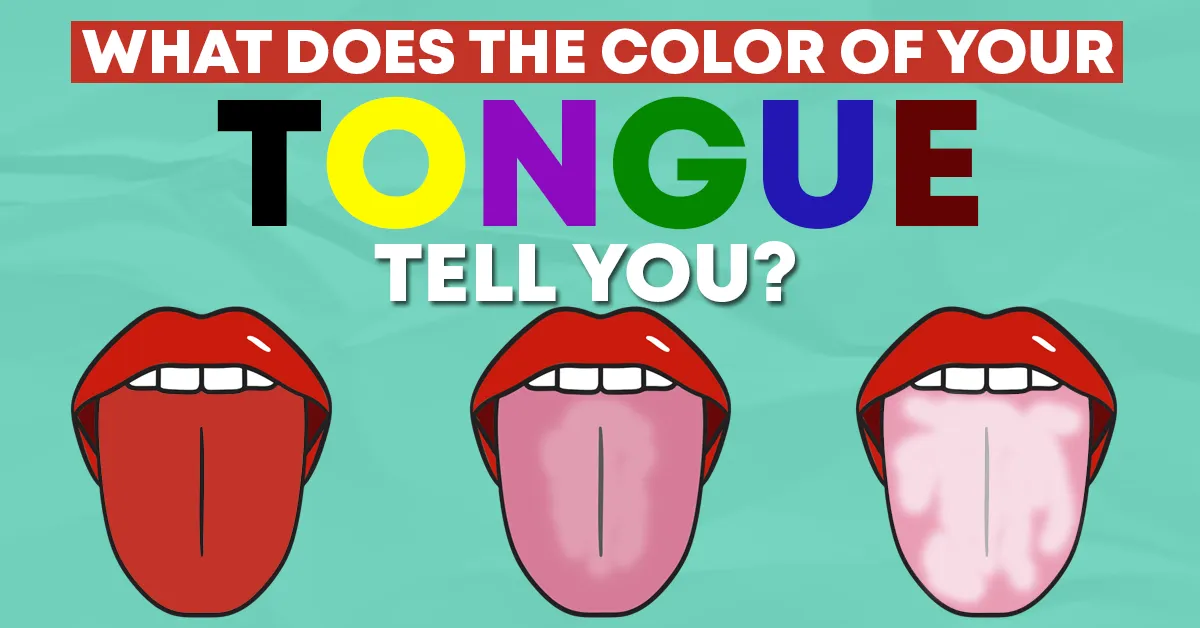Your tongue serves an important role in making everyday life easier for humans. The tongue makes it easily possible to move food and drinks around in your mouth.
Have you ever tried speaking without moving your tongue? It is extremely difficult to enunciate properly, making you hard to understand.
Additionally, your tongue is home to up to 10,000 taste buds that help influence how we taste and experience food.
Besides these obvious benefits, your tongue’s color can also be a visual indicator for other health concerns.
What does a Healthy Tongue look like?
A healthy tongue is typically pink with a white coating in the middle. The shade of pink varies, with some people having a healthy tongue that is dark pink – though not red.
Small bumps are all over your tongue’s surface and these are normal as well. They give the tongue a sense of grip and aid it in its functions.
What is the White Coating on Your Tongue?
The most obvious color deviation in your tongue is the protein keratin, which is visible by a white coating near the middle of your tongue. Keratin protects your tongue from scratching.
Ideally, you should brush your tongue to scrape off the top layer of keratin each day. Though it’s protecting the tongue, it also can build up in excess from poor oral hygiene. This can eventually lead to your tongue turning black temporarily until proper hygiene is restored.
Your tongue is home to a large amount of your mouth’s bacteria, so it is recommended you brush your tongue each time you brush your teeth.
What are the Thick White Patches on my Tongue?
White patches indicate an overgrowth of yeast on your tongue which can result from smoking, dry mouth, or other conditions.
Why is my Tongue Bright Red?
It is important to note there is a difference between a red tongue and a healthy tongue that is a darker shade of pink. If your tongue is truly red, it may be indicating a vitamin B12 deficiency.
What Tongue Colors are Signs of Poor Oral Hygiene?
You should be brushing your teeth twice a day to maintain great oral hygiene. If your tongue is black, purple, yellow, orange, or green, it may be a sign of poor oral hygiene or another health condition.


